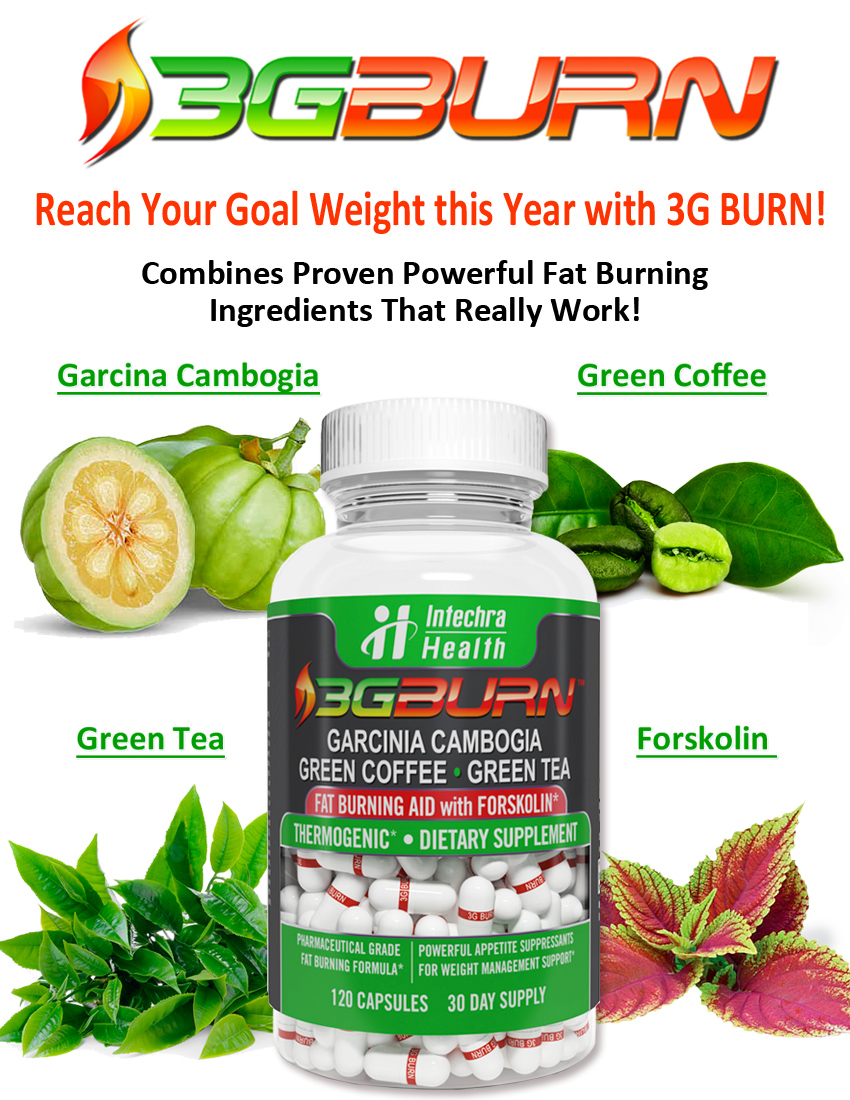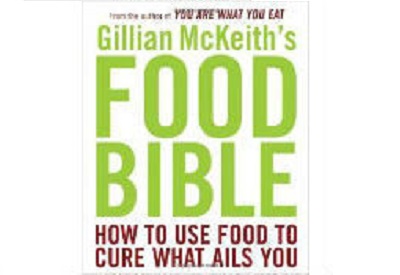The Raw Food Diet is pretty much what it sounds like: eating your foods without cooking them. This strategy involves eating primarily raw vegetables, fruits and grains. The reason behind avoiding cooking is that the heat can break down many of the natural enzymes and nutrients contained within the foods.
What is the Raw Food Diet?
Enzymes are required for efficient digestion and to fight chronic disease. On the other hand, nutrients are all the various parts of food that your body uses in order to function. It makes it possible or you to breathe, digest, move around and stave off disease. People who follow the Raw Food Diet feel that when food is cooked, those benefits are greatly reduced or even eliminated.
In fact, some even feel that food becomes toxic when ti is cooked. They feel that a raw food diet can increase immunity, improve memory, clear allergies and headaches, ease arthritis and reduce diabetes.
What You Eat on a Raw Food Diet
This type of diet isn’t for everyone. Before you start following the Raw Food Diet, speak with your doctor to find out if it is safe and appropriate for you.
Typically speaking, this approach involves eating uncooked or only extremely lightly cooked foods. They are typically unprocessed and are primarily organic. They are made mostly of raw fruits, vegetables, seeds, nuts and sprouted grains. There are some followers of this diet who also eat raw eggs, raw meat and fish, and unpasteurized dairy.
Food can be eaten cold or slightly warmed (no warmer than 118 degrees). It can be served chopped, blended, run through a food processor or dehydrated.
Are You Willing to Make the Effort?
For the majority of people, the Raw Food Diet requires a significant change in lifestyle. You will need to considerably improve your food knowledge and kitchen skills. Moreover, you might find it challenging to eat in places where you have not prepared the food yourself. For example, eating at a friend’s house or at a restaurant could be difficult.
Furthermore, many people who follow a Raw Food Diet discover that their usual grocery stores fall short on their needs. You may need to start shopping at specialty stores where there are a wider variety of options. Your diet will require you to choose organics more frequently – if not exclusively – and you will need to incorporate a greater variety of foods onto your plate in order to make it nutritionally complete.
Raw Food Diet Risks
There are a few risks associated to eating only raw foods. For instance, many people find that it is a more expensive lifestyle. Therefore, they need to pay closer attention to trying to shop sales and tighten their budget.
Furthermore, there is a greater risk of food poisoning when eating primarily raw foods. Moreover, that risk increases if you choose to eat eggs, meat and fish raw or opt for unpasteurized dairy. It is extremely important to learn how to properly wash your food on a Raw Food Diet. This is particularly true with especially risky foods such as green onions, lettuce, raspberries and sprouts.
Many people are surprised to find out that there is indeed a risk of food poisoning with raw food when it’s in vegetable form. While we tend to think of meats and animal-based products as those most likely to cause these issues, the CDC points out that almost all reported cases of food poisoning are from germs found on fresh produce.
While you take care to properly wash and prepare your fruits and veggies – cooked or not – it’s important to keep on top of the latest recalls, too. Produce is regularly recalled due to the discovery of foodborne illnesses such as salmonella or listeria, which can make you very sick. By keeping on top of recalls, you’ll be able to protect yourself from potential risks in that innocent-looking salad kit.





